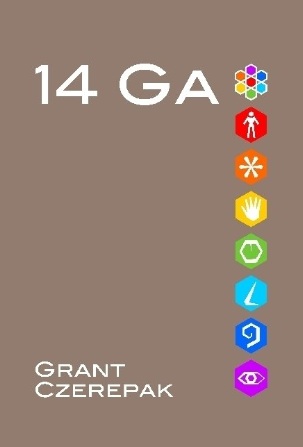I have been thinking about the terms “convergent” and “divergent” in Tim Brown of IDEO’s Design Thinking and realized that they were products of planar (2 dimensional) thinking. This has lead me to alter my definitions of what convergent and divergent are and to also redefine “vergent” and add “trivergent”. I also realized that the convergence point is at the center of the ellipsoid and each verge (radius) point is separate and distinct.
Converge, diverge, verge and triverge all come from the same Latin root “verto”, to turn out. All of the polyhedron vertexes are representations of the intersections of radii with the surface of not a sphere, but an ellipsoid. Therefore each vertex is a unique dimension or radius. However, there is one thing that is still not recognized.
Roll, Pitch and Yaw ellipses alone are an incorrect representation of orientation in space because they fail to include orientation relative to the observer. Roll, Pitch and Yaw are flat earth concepts. You cannot represent an ellipsoid with three radii. The minimum radial representation of an ellipsoid requires four points on the surface of the ellipsoid. The tetrahedroid is the minimal representation of the inscription of an ellipsoid.
The above three ellipse object and four ellipse object are both ellipsoids, the only difference between them and the three ellipse ellipsoid above them is the perspective–they have been rotated in space. Using the four dimensional representation gives us the table below:
While I was illustrating the above table it became apparent to me that it accurately reflected John Boyd’s OODA Loop. It also became apparent to me that the OODA Loop could be conceputally simplified to:
- OBSERVE: Range
- ORIENT: Direction
- DECIDE: Elevation
- ACT: Fire
The OODA Loop or the Czerepak Framework cycle can be graphed as a simple two dimensional sine vertice:
Now, that’s all sure and fine and it provides a way of thinking with a minimum number of variables. However, if we think about John Boyd as a military combatant it is not the right set of variables. The model has to cater to the following needs:
- OBSERVE: Who and Why
- ORIENT: Where and When
- DECIDE: What and How
- ACT: How Many and How Much
Suddenly, it becomes obvious that in a system involving living organisms there is added complexity and layers of consciousness. The following table is my first attempt to illustrate this:
The yellow row and column headers are what is of importance. The naming of the white cells will have to come later. Obviously, there are considerable changes in the order of the columns and rows, but I believe John Boyd is closer to the truth about the process than anyone else. Therefore I am redefining everyone else’s concept to fit his. What is important about the table is that in the columns each icon represents a set of ellipses that one ellipse at a time intersects with the ellipses above it to converge on a subset that is the target.
Colonel Boyd’s model was simple. Deviations from it are based more upon misunderstanding than anything else. This is the fundamental System Development Lifecycle (SDLC):
- OBSERVE = SELECT = SCOPE = CONTROL and COMMAND = STRATEGY = TRIVERGENT THINKING = Why and Who are the exceptions?
- ORIENT = INSERT = ANALYSIS = CLIMATE and TERRAIN = TACTIC = DIVERGENT THINKING = When and Where are the exceptions?
- DECIDE = UPDATE = DESIGN = FUNCTION and FORM = OPERATION = VERGENT THINKING = How and What are the exceptions?
- ACT = DELETE = DEVELOP = QUALITY and QUANTITY = GOAL = CONVERGENT THINKING = How Much and How Many are the exceptions?
“What are we deleting?” You may ask. We are deleting exceptions that existed in the previous system whatever that system may have been. We are never dealing with a non-existent system. We are SELECTing a set of exceptions the current system does not handle. We are INSERTing those exceptions into the current system. We are UPDATEing the system to handle those exceptions. We are DELETEing those exceptions from the system. I still have to work to reconsider the names for each of the cells, but I am converging on that. The differences between methodologies are really ones of scale and nothing else. It’s how many exceptions do you intend to address at a time.
This effort is requiring a lot of work and rework because I have never dealt with eight interrogatives before, however the fit is conceptually the best I have ever had.























